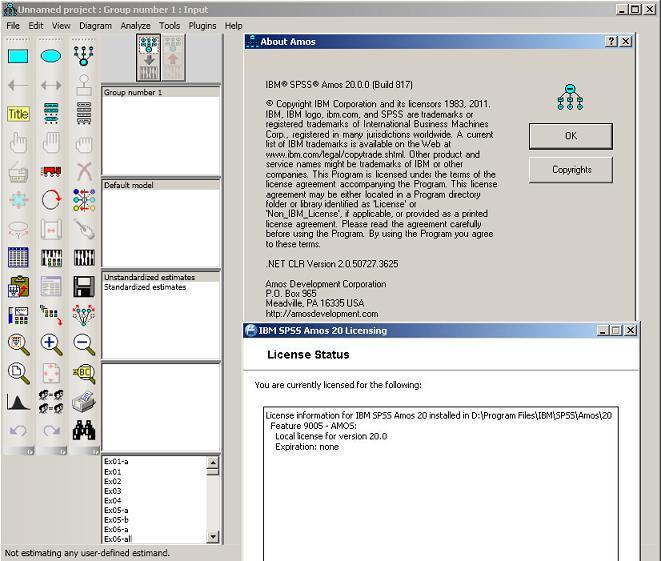
Test statistics that follow a χ 2 distribution occur when the observations are independent. The purpose of the test is to evaluate how likely the observed frequencies would be assuming the null hypothesis is true.

If the null hypothesis that there are no differences between the classes in the population is true, the test statistic computed from the observations follows a χ 2 frequency distribution. In the standard applications of this test, the observations are classified into mutually exclusive classes. For contingency tables with smaller sample sizes, a Fisher's exact test is used instead.

Pearson's chi-squared test is used to determine whether there is a statistically significant difference between the expected frequencies and the observed frequencies in one or more categories of a contingency table.


The test is valid when the test statistic is chi-squared distributed under the null hypothesis, specifically Pearson's chi-squared test and variants thereof. In simpler terms, this test is primarily used to examine whether two categorical variables ( two dimensions of the contingency table) are independent in influencing the test statistic ( values within the table). Chi-squared distribution, showing χ 2 on the x-axis and p-value (right tail probability) on the y-axis.Ī chi-squared test (also chi-square or χ 2 test) is a statistical hypothesis test used in the analysis of contingency tables when the sample sizes are large.


 0 kommentar(er)
0 kommentar(er)
